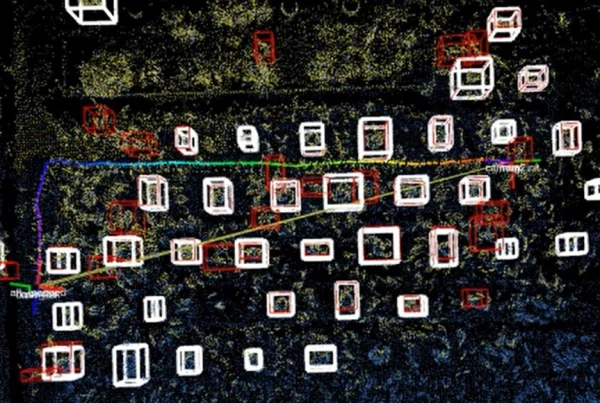Overview
Intelligent distributed fibre optic sensor (iDFOS) comprises a distributed optical fibre sensor with sensor interrogator, data acquisition and analytics, and network and alarm management. iDFOS uses standard telecom fibre optic cables to sense acoustic signals for physical security and structural health monitoring.
iDFOS transmits a series of light pulses into a single length of fibre optic cable and detects changes caused by acoustic pressure at each point along the sensing fibre. The signals are analysed in real time and processed to produce an acoustic activity map along the length of the cable. This information is used for various applications such as physical security, structural health monitoring, seismic monitoring, oil and gas pipeline monitoring, and well and reservoir monitoring
Features
iDFOS comprises the following features
-
24×7 Real-Time Monitoring and Detection
The sensor system operates 24×7 as it does not require interruption in infrastructure and facilities under monitoring -
Precision Location of Disturbance Events
The system provides the exact location of any disturbance along the fibre optic sensor line -
Continuous Sensing of up to 20km Range ;
Using only a single optical fibre cable, a sensing rangeof up to 20 km can be achieved without multiple sensor deployment. -
Simultaneous Detection of Disturbance Events :
Various disturbance events can be detected and monitored simultaneously along a single fibre optic cable.
Intelligent Distributed Fibre Optic Sensor for Physical Security and Structural Health Monitoring
Technology Benefits
The main impacts of iDFOS are ;
-
Early Warning Detection
An early warning detection mechanism via acoustics from fibre optics reduces human and economic losses during disasters.
-
Lower Cost of Investment and Downtime
Standard telecom-grade fibre optics are used for sensing and a power source is not required at the monitoring site therefore lowering costs and downtime. -
Ease of Integration with Fibre Optic Networks
Existing fibre optics in underground and overhead infrastructures can be integrated as part of a communication and sensing network. -
Low Maintenance for Long-Term Monitoring Applications
Fibre optics are resistant to extreme mechanical stress, high temperatures and chemical exposure therefore low in maintenance.





